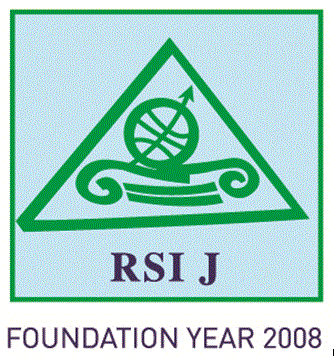Gustavo FERRO
Associate Professor and Independent Researcher, Universidad del CEMA (UCEMA) and CONICET. gaf97@ucema.edu.ar
gferro05@yahoo.com.ar.
M. Priscila RAMOS
Adjunct Professor and Adjunct Researcher, Universidad de Buenos Aires. Facultad de Ciencias Económicas. CONICET-Universidad de Buenos Aires. Instituto Interdisciplinario de Economía Política de Buenos Aires.
mpramos@economicas.uba.ar
Carlos A. ROMERO
Adjunct Professor and Researcher at CONICET-Universidad de Buenos Aires. Instituto Interdisciplinario de Economía Política (IIEP-BAIRES).
cromero@economicas.uba.ar
Abstract
Biogas is generated from substrates derived from agriculture and cattle, agroindustry (slaughterhouses, flour, and sugar mills), urban solid waste, and sewerage treatment. This study measures the current and potential production and gross employment in the biogas value chain in three southern states in Brazil (Paraná, Santa Catarina, and Rio Grande do Sul). We offer two contributions: first, an input-output methodology to focus on the problem of disparate or nonexistent sectoral information, both in monetary and physical units; second, the quantitative results of output and gross job creation derived from shocks at the regional level. We calibrate input-output matrices of the three states with compatibilized sector entries, opening new ones for those not included in official statistics (derived from specific surveys). Once the baseline has been established, we consider three scenarios: demand-pull that achieves full capacity utilization, supply push that addresses new investments in the sector assuming guaranteed demand, and full utilization of substrates supply for biogas production. Employment multipliers are in line with literature on comparative activities found elsewhere in the world. Our findings support the hypothesis of the relatively high labor intensity in the biogas industry.
Keywords: biogas, Brazil, input-output, employment
JEL classification: Q42, R15
pp. 21-37
